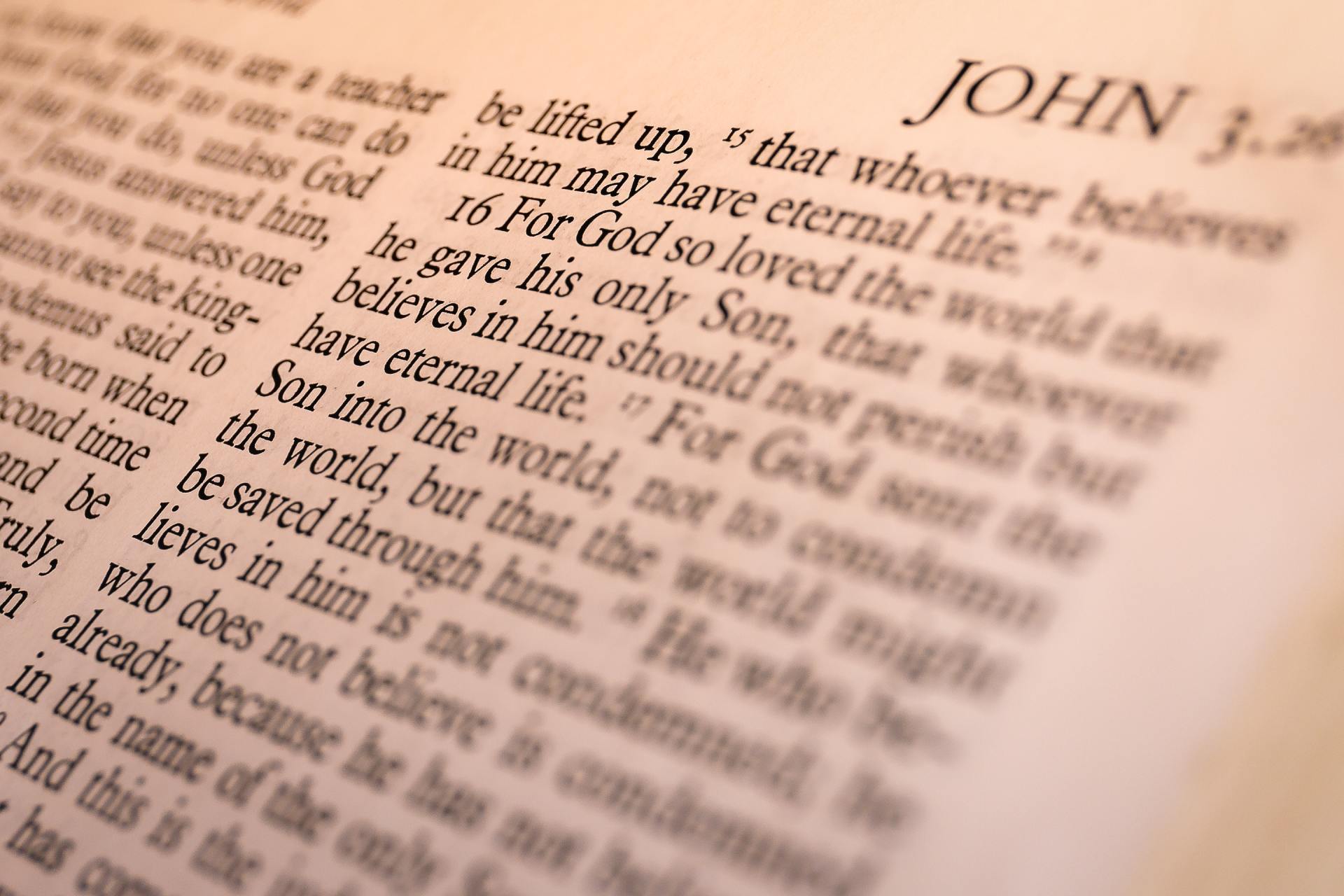Eucharist FAQ
-
What is the Eucharist?
The Holy Eucharist is a sacrament and a sacrifice. In the Holy Eucharist, under the appearances of bread and wine, Jesus Christ is really, truly, and substantially present.
-
How long have Christians celebrated the Eucharist?
One of the most intriguing aspects of the celebration of the Eucharist is the fact that it has changed so little over twenty centuries. The essential elements are found in the narrative of the institution of the Eucharist as recorded in the Gospels.
-
What is Eucharistic Adoration?
Understood simply, Eucharistic Adoration is adoring or honoring the Eucharistic Presence of Christ. In a deeper sense, it involves God and man reaching out for each other at the same time. Eucharistic Adoration is an affirmation of our faith. Through this vigil of prayer, we give witness to our belief that God is truly dwelling with His people.
-
What are the guidelines for recieving Holy Communion?
Because of the gravity of Jesus’ teaching on receiving the Eucharist, the Church encourages Catholics to receive frequent Communion, even daily Communion if possible, and mandates reception of the Eucharist at least once a year during the Easter season. Before going to Communion, however, there are several things one needs to know.
-
Do you have to receive under both bread & wine?
It is not necessary that we receive Our Lord's Body and Blood under the appearances of both bread and wine. Christ is entirely present under the appearances of bread, and also entirely present under the appearances of wine. Therefore, we receive Him whole and entire under the appearances of bread alone or of wine alone.




